
Cucumber has been known for more than 5,000 years. However, there is still no consensus about its origin. Most scientists agree that the homeland of the cucumber should be sought in South Asia: in Central and Northwestern India and Southwestern China.
Currently, cucumber is cultivated on all continents, and its industrial production is established in more than 70 countries, such as China, India, Turkey, Iran, Japan, the United States, England, Germany, Russia and others.
Useful properties of cucumber
Cucumber plays an important role in a balanced diet, as it is a source of carbohydrates, proteins, vitamins and minerals. It is well known that this vegetable does not differ in calories and almost 95% consists of water or cellular juice. Fiber and pectin substances improve the functioning of the gastrointestinal tract. Fiber also helps to eliminate cholesterol from the body.
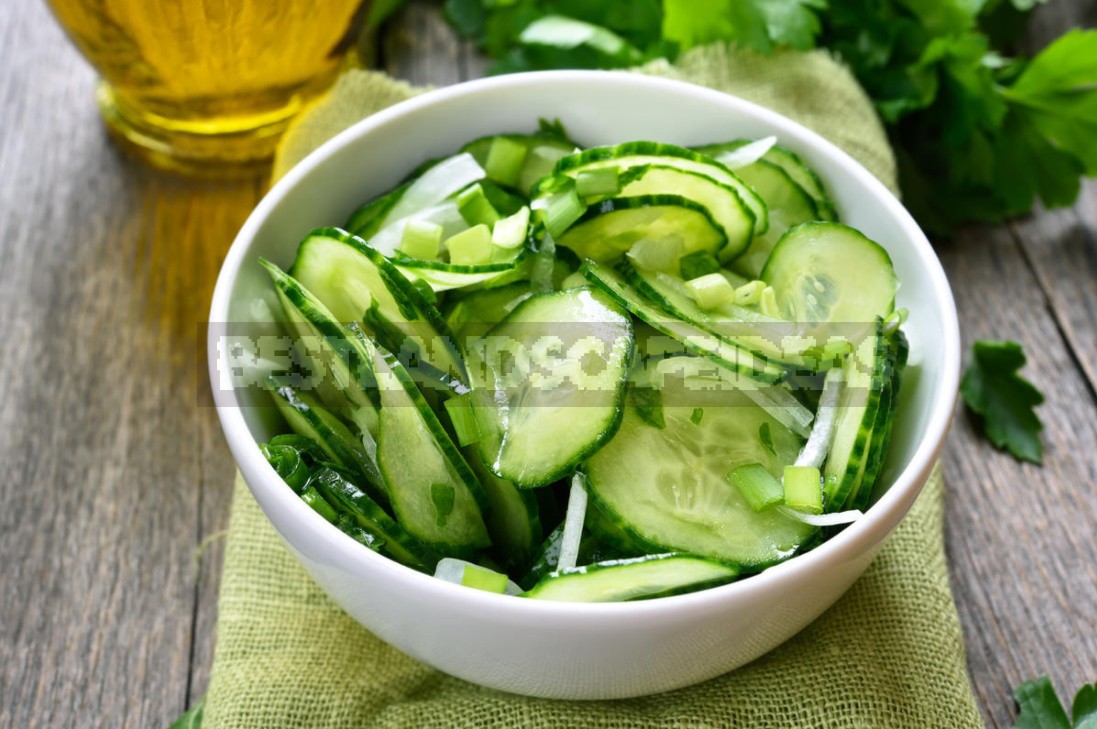
Cucumbers are rich in potassium, contain calcium, phosphorus, sulfur, magnesium, sodium, iron and trace elements. The alkaline salts contained in cucumber (salts of phosphorus, calcium and potassium) improve the activity of the heart and kidneys, prevent the deposition of harmful compounds in the kidneys. Potassium normalizes blood pressure, helps to remove excess fluid from the body.
The copper contained in cucumber fruits normalizes the work of the central nervous system. The high content of iodine and zinc helps to improve the activity of the pancreas and thyroid glands.
The chemical composition of cucumber fruits is influenced not only by varietal characteristics, but also by size. Pickles and gherkins contain more dry matter and ascorbic acid, while larger fruits contain more sugars.

Cucumber is also widely used in cosmetology. Cucumber masks are a proven recipe for cleansing, moisturizing and whitening the skin. A simple way to tone your skin is to cut a cucumber into slices, freeze it, and rub it on your face.
Tips for growing cucumbers
For cucumber crops, always choose well-lit and wind-protected areas. Good precursors are legumes, tomatoes, onions, early potatoes or cabbage, green crops. Do not plant cucumbers immediately after pumpkin crops (watermelon, melon, pumpkin, zucchini). In order to avoid the spread of diseases, it is advisable to return cucumbers to their former place not earlier than after 2-4 years.
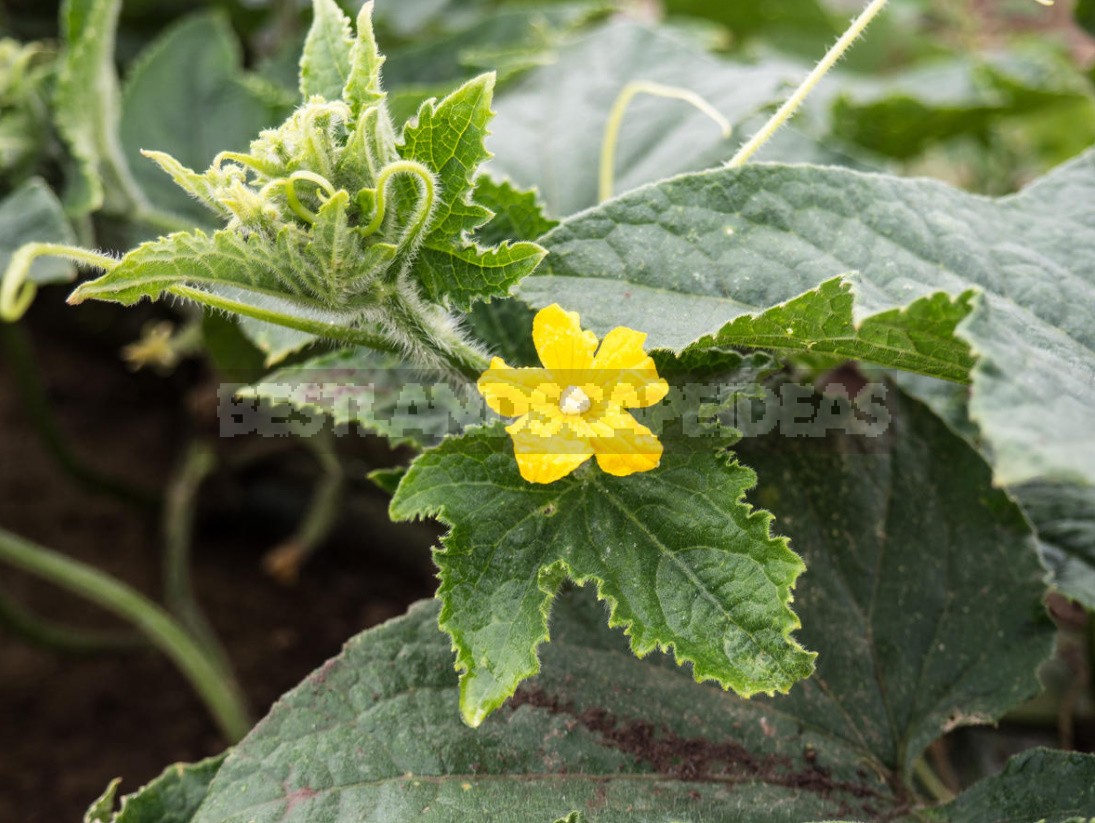
In autumn, 4-8 kg of manure (humus, compost), 25-30 g of phosphorous and 18-20 g of potash fertilizers are applied for digging on 1 sq. m. Acidic soils are limed. In the spring, the soil is dug up, nitrogen fertilizers (20 g per square meter), sawdust are applied, ridges or ridges are formed.
There are different ways to grow cucumbers in the open ground: through seedlings or by direct sowing in the ground. First, we will focus on growing seedlings, and later we will consider the method of growing cucumbers in the open ground by direct sowing of seeds in the ground.
Growing cucumbers through seedlings
First, let’s decide on the date of sowing or planting. The average age of seedlings is 20-22 days. In a permanent place, plants can be planted as soon as the threat of frost passes and the soil warms up. In the middle zone, this is the beginning of June or the end of May, if you plan to cover the crops with a film or non-woven material. Sowing for seedlings is carried out in the I-II decade of May. Of course, you can sow, and then plant the seedlings in a permanent place earlier, but no one has canceled the frost, and you should not rush in such cases!
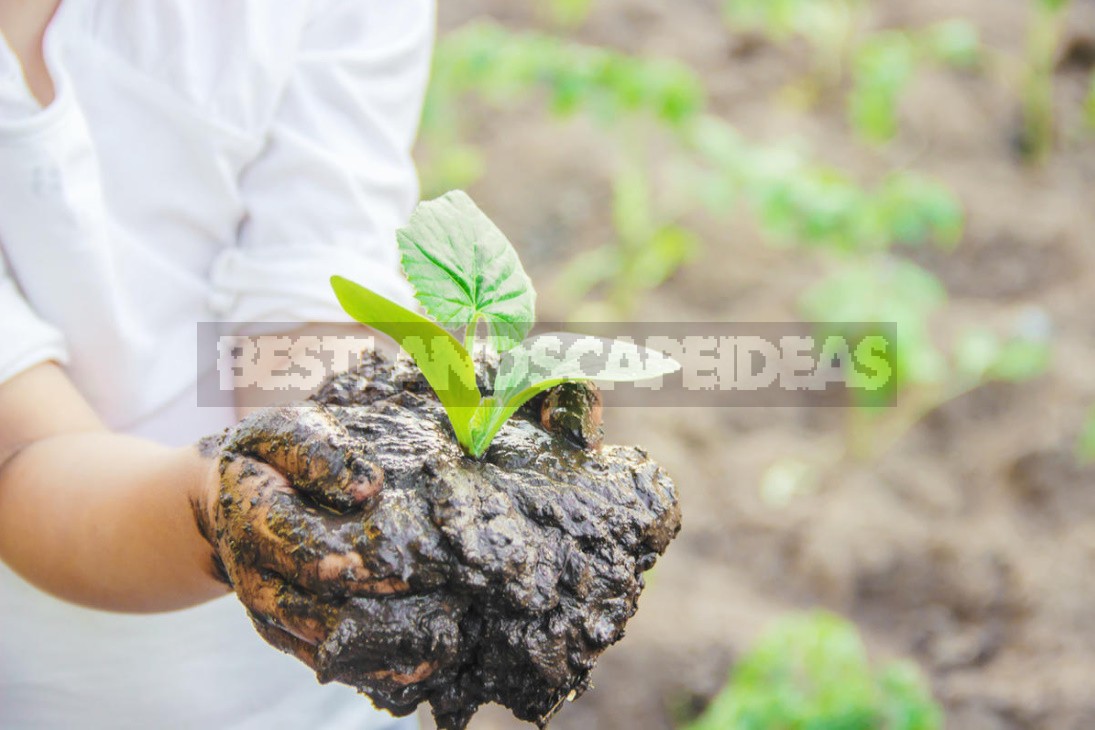
The mixture for growing cucumber seedlings is prepared in advance. The composition of the nutrient mixture includes peat, turf, humus, sawdust, sand in different proportions. Consider the various options for nutritional mixtures:
- peat + humus (3:1, or 2:1, or 1:1);
- peat + humus + sawdust (5:1:1);
- turf + humus + peat (1:1:1).
For 10 kg of the nutrient mixture, add 5 g of nitrogen, 5 g of potassium, 20 g of phosphorus fertilizers and 20 g of lime. Then the nutrient mixture is filled with pots or cassettes. For seedlings with 4-5 leaves, a pot of at least 0.5 liters is required, if you intend to plant seedlings earlier — for example, with 3-4 real leaves — then the volume of the pot can be reduced.
Sowing is carried out in a moist substrate in a hole about 1 cm deep, which is then covered with peat or pinched, the pots are covered with a film. When seedlings appear (for 3-5 days), the film is removed.

It is very important to observe the correct temperature regime when growing seedlings. Keep the temperature between sowing and germination at +25…+27 degrees. Then 3-4 days after germination, maintain the daytime temperature at +23…+25, and at night — +17…+18 degrees. Then, before planting the plants in the greenhouse, daytime temperatures are +20…+22, night — +18…+20 degrees.
It is equally important to maintain air humidity at the level of 85-90%. Watering of seedlings is carried out as the substrate dries up, after 5 days, fertilizing with complex fertilizers (0.1-0.15% solution) is carried out.
Growing cucumbers by sowing in the ground
Direct sowing in the ground is carried out at about the same time. Carry out sowing with dry or sprouted seeds. Seeds are sown with an “insurance fund”, excess plants can always be removed after germination.
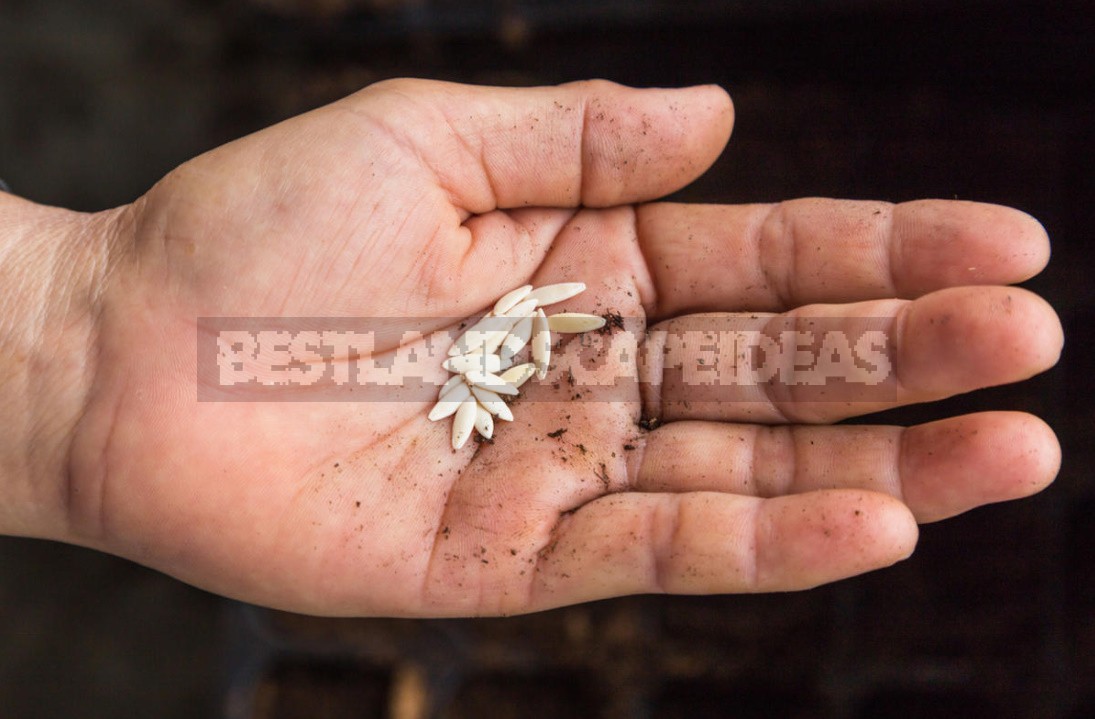
The seeds are laid out in pre-prepared wet grooves 3-4 cm deep. On top of the furrow, mulch (sprinkle with peat, sawdust or humus) and lightly tamp. Seedlings will appear quickly under favorable weather conditions.
In the open ground, usually sow or plant from 4 to 6 plants per 1 sq. m. Seeding schemes are different:
- single-line layout: the distance between rows is 60-70 (and more) cm, between plants in a row-12-15 cm;
- two-line scheme: row spacing-100-120 cm, the distance between rows in the tape-50-60 cm, between plants in a row-20-30 cm;
- square-nest seeding method: the nests are located at a distance of 60-70 cm from each other.
How to care for cucumbers
The care of cucumber plants consists of watering, fertilizing, regular weeding, row-to-row tillage, and protection from insect pests and diseases. After the entrances appear, the cucumber plants are thinned out, removing weak and unnecessary plants. Do not allow the formation of a crust on the soil, conduct regular loosening.
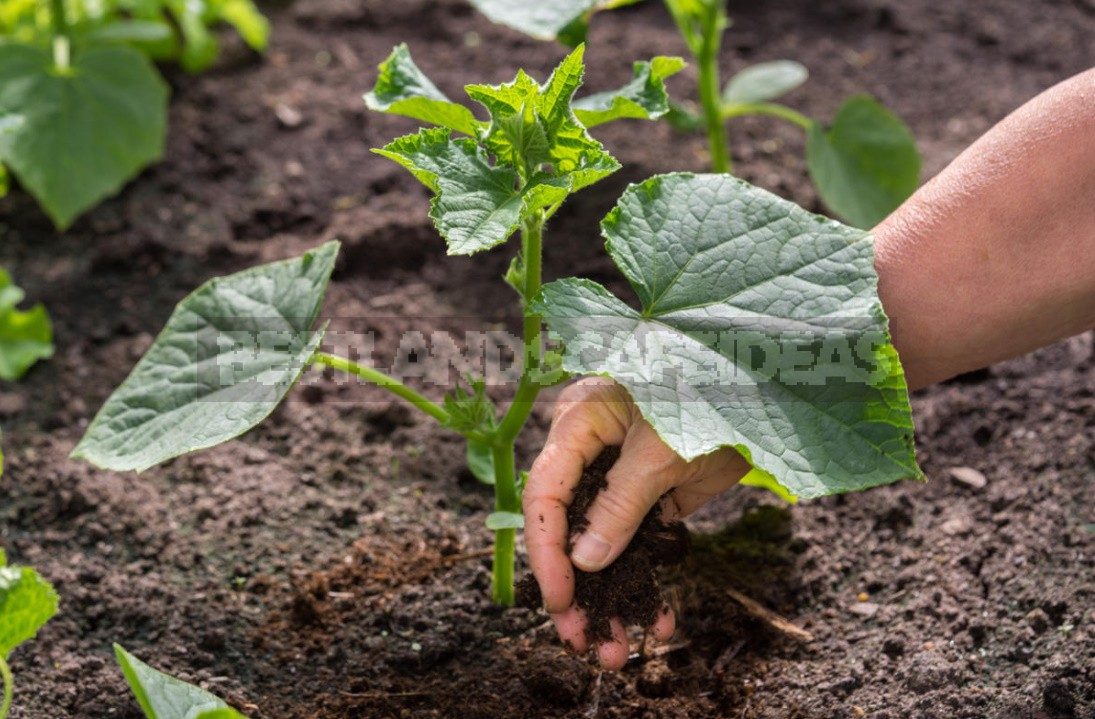
The formation of plants in the open ground is usually not used. In the open ground, various irrigation methods are used: from a hose, sprinkling, drip irrigation. It is usually carried out in the morning with warm water (+23…+24 degrees). Water cucumbers should be under the root.
Before flowering and fruiting, the cucumber requires moderate humidity, so the plants are watered 1-2 times a week (every 3-4 days). With the beginning of the fruiting period, it is necessary to water cucumbers more often, after 2-3 days. And be guided not only by our recommendations, but also by the weather conditions: in hot weather, the cucumber needs daily watering, in cool and rainy weather, reduce their frequency and volume. Irrigation rates: from 4-5 to 10-12 l / sq. m.

Keep the soil in a loose state, carry out regular weeding. And do not forget about top dressing, they are started in 2-3 weeks after planting.
What and how to feed cucumbers
During the formation of the root system, phosphorus predominates in the diet of the cucumber; during the period of intensive growth of stems and leaves before flowering, the cucumber needs nitrogen and potassium in equal proportions; then during flowering, the first harvest and fruiting, the need for potassium increases.
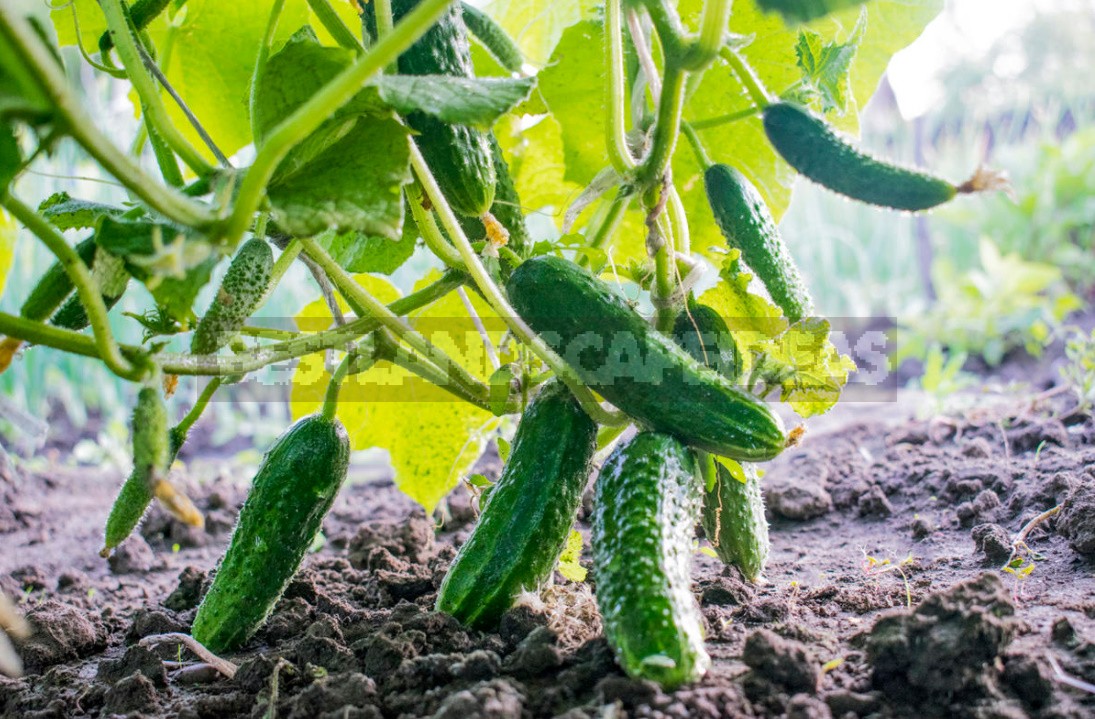
Top Dressing is carried out once every 7-14 days, combining this operation with watering. Both mineral and organic fertilizers are used. In the initial period of fruiting of ammonium nitrate and double superphosphate, spend about 10 g per 10 liters of water, potassium sulfate 10-15 g per 10 liters of water. If you use complex fertilizers, use concentrations of 0.3-0.4% (30-40 g per 10 liters of water).
During the period of mass fruiting, the doses of top dressing are changed: ammonium nitrate 15-20 g per 10 liters of water, double superphosphate 10-15 g per 10 liters of water, potassium sulfate 20-25 g per 10 liters of water, complex fertilizer requires 40-50 g per 10 liters of water. Consume 2-4 liters of the prepared solution per 1 sq. m.
Organics are usually used for feeding mullein (1 liter per 8-10 liters of water) or bird droppings (1 liter per 20-25 liters of water). The consumption of the solution is 0.5-1 l per plant or 2-3 l per sq. m. In cloudy weather, no more than 1 time in 2 weeks, foliar top dressing (top dressing on a leaf) is carried out with complex fertilizers with trace elements in a concentration of 0.1% (1 g of fertilizer per 1 liter of water).
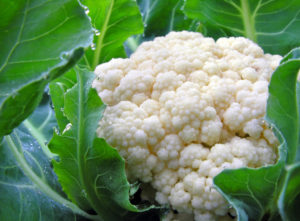
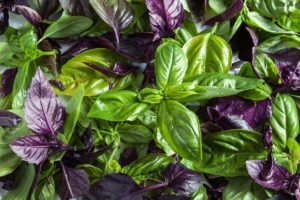
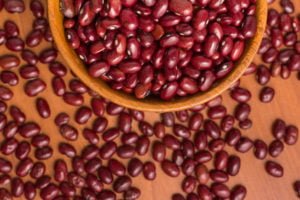

Leave a Reply